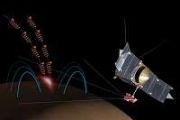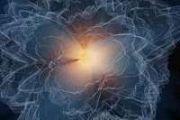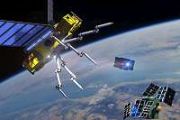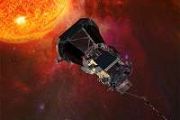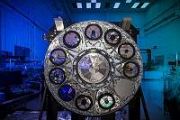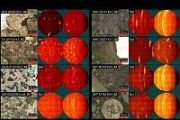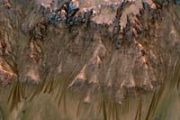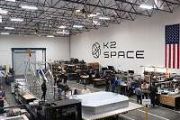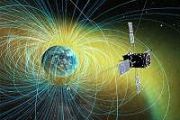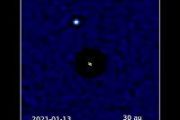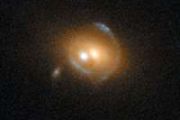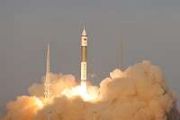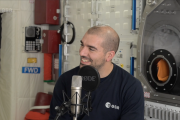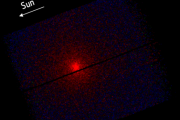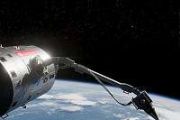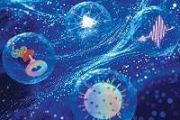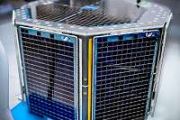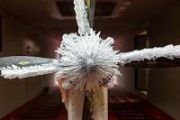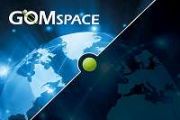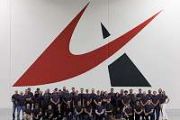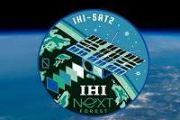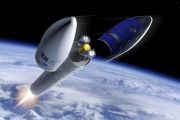
Copernical Team
Think fast: A missile-defense system built for speed
 Satellites positioned high above Earth transmit crucial data to the surface in under a second, appearing swiftly on a computer screen monitored by a U.S. Space Force operator. The operator's swift understanding of this data is vital for rapid decision-making during high-stakes missile defense situations.
"Speed is everything. Speed to mission, speed to impact, speed to performance," said J
Satellites positioned high above Earth transmit crucial data to the surface in under a second, appearing swiftly on a computer screen monitored by a U.S. Space Force operator. The operator's swift understanding of this data is vital for rapid decision-making during high-stakes missile defense situations.
"Speed is everything. Speed to mission, speed to impact, speed to performance," said J Space Systems Command concludes Tetra-1 satellite mission
 Since its launch on November 1, 2022, the U.S. Space Force's Space Systems Command (SSC), in collaboration with Millennium Space Systems, a Boeing Company, has successfully wrapped up the Tetra-1 mission.
Tetra-1 marked the first in a series of small satellites designed to showcase how SSC collaborates with non-traditional vendors to enhance on-orbit capabilities for the Space Force. Part
Since its launch on November 1, 2022, the U.S. Space Force's Space Systems Command (SSC), in collaboration with Millennium Space Systems, a Boeing Company, has successfully wrapped up the Tetra-1 mission.
Tetra-1 marked the first in a series of small satellites designed to showcase how SSC collaborates with non-traditional vendors to enhance on-orbit capabilities for the Space Force. Part Living microbes identified in Earth's driest desert using new technique
 The Atacama Desert in Chile, known as the world's driest location, presents a harsh environment for life due to its extreme aridity. Despite this, research has discovered thriving microbial communities within its sandy soil. Investigating the functionality of microorganisms in such an environment has been challenging because it's hard to distinguish between genetic material from living and decea
The Atacama Desert in Chile, known as the world's driest location, presents a harsh environment for life due to its extreme aridity. Despite this, research has discovered thriving microbial communities within its sandy soil. Investigating the functionality of microorganisms in such an environment has been challenging because it's hard to distinguish between genetic material from living and decea Can the Trump-Musk 'bromance' last?
 The world's richest man, Elon Musk, has been an ever-present sidekick for President-elect Donald Trump since the US election at the start of the month.
"I can't get him out of here," Trump joked about Musk at his Mar-a-Lago resort in Florida last Thursday. "I like having him here as well. He's done a fantastic job, an incredible mind."
But can the bromance between the world's wealthiest
The world's richest man, Elon Musk, has been an ever-present sidekick for President-elect Donald Trump since the US election at the start of the month.
"I can't get him out of here," Trump joked about Musk at his Mar-a-Lago resort in Florida last Thursday. "I like having him here as well. He's done a fantastic job, an incredible mind."
But can the bromance between the world's wealthiest SpaceX set for Starship's next flight, Trump expected to attend
 SpaceX is poised for its next Starship megarocket test flight on Tuesday, with US President-elect Donald Trump expected to witness the second ever attempt to catch its descending booster stage in the launch tower's "chopstick" arms.
It comes just over a month after the company first pulled off the technical tour de force that underscored its position as the world leader in reusable rocketry.
SpaceX is poised for its next Starship megarocket test flight on Tuesday, with US President-elect Donald Trump expected to witness the second ever attempt to catch its descending booster stage in the launch tower's "chopstick" arms.
It comes just over a month after the company first pulled off the technical tour de force that underscored its position as the world leader in reusable rocketry. Proba-3’s journey to see the Sun’s corona
 Video:
00:04:31
Video:
00:04:31
The double-satellite Proba-3 is the most ambitious member yet of ESA’s Proba family of experimental missions. Two spacecraft will fly together as one, maintaining precise formation down to a single millimetre. One will block out the fiery disc of the Sun for the other, to enable prolonged observations of the Sun’s surrounding atmosphere, or ‘corona’, the source of the solar wind and space weather. Usually, the corona can only be glimpsed for a few minutes during terrestrial total solar eclipses. Proba-3 aims to reproduce such eclipses for up to six hours at a time, in a highly
SpaceX set for Starship's next flight
This request seems a bit unusual, so we need to confirm that you're human. Please press and hold the button until it turns completely green. Thank you for your cooperation!
Press and hold the button
If you believe this is an error, please contact our support team.
185.132.36.159 : 73422bb2-b5c2-4055-8f89-6f4d16aa
Nature-inspired solar lasers could sustainably power space missions
This request seems a bit unusual, so we need to confirm that you're human. Please press and hold the button until it turns completely green. Thank you for your cooperation!
Press and hold the button
If you believe this is an error, please contact our support team.
185.132.36.159 : 0b343edd-be2a-4b76-92b0-c9cf8203
As Taurid meteor shower passes Earth, pseudoscience rains down—obscuring potential real threat from space
This request seems a bit unusual, so we need to confirm that you're human. Please press and hold the button until it turns completely green. Thank you for your cooperation!
Press and hold the button
If you believe this is an error, please contact our support team.
185.132.36.159 : 27c9e33f-74ac-47a1-886a-19996930
Confinement may affect how we smell and feel about food
This request seems a bit unusual, so we need to confirm that you're human. Please press and hold the button until it turns completely green. Thank you for your cooperation!
Press and hold the button
If you believe this is an error, please contact our support team.
185.132.36.159 : 3b234c1c-9134-4bf2-93bc-00356289

